Episode 124 of the Encyclopedia Botanica podcast features a conversation with Professor Emeritus Michael Raupp from the University of Maryland. The discussion centers around stink bugs, identified as a major pest in gardens. Professor Raupp explains the characteristics, life cycle, and origins of stink bugs, noting their spread from Asia to most of the United States and parts of Canada. The interview also covers the damage stink bugs cause to various crops, their feeding habits, and potential control methods including trap crops, mechanical control, and organic pesticides. Raupp emphasizes the importance of understanding the pest’s life cycle for effective management and encourages fostering biodiversity in gardens to support natural predators. The episode concludes with advice on identifying stink bugs and useful resources for gardeners.
The following are a few photos from our home garden of the green stink bug and it’s damage. You’ll notice that we don’t have any photos of mature adults, and that’s because all summer we’re working hard to keep the stink bugs that plague our garden from reaching adulthood. Check out Professor Raupp’s blog, Bug of the Week, for more photos of stink bugs!
Stink bugs and damage on Red Kuri winter squash
Stink bugs hiding out on nasturtiums and calendula - these sink bugs are at their 3 or 4th “instar” stage, and not yet adults.
Stink bug damaged beans (see the really dry, empty pods?) and stink bug eggs on the back of a bean leaf.
Happy hunting!
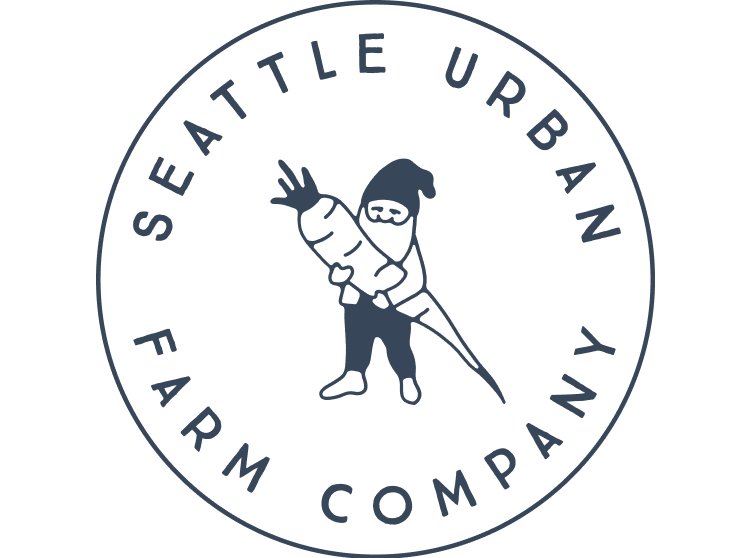

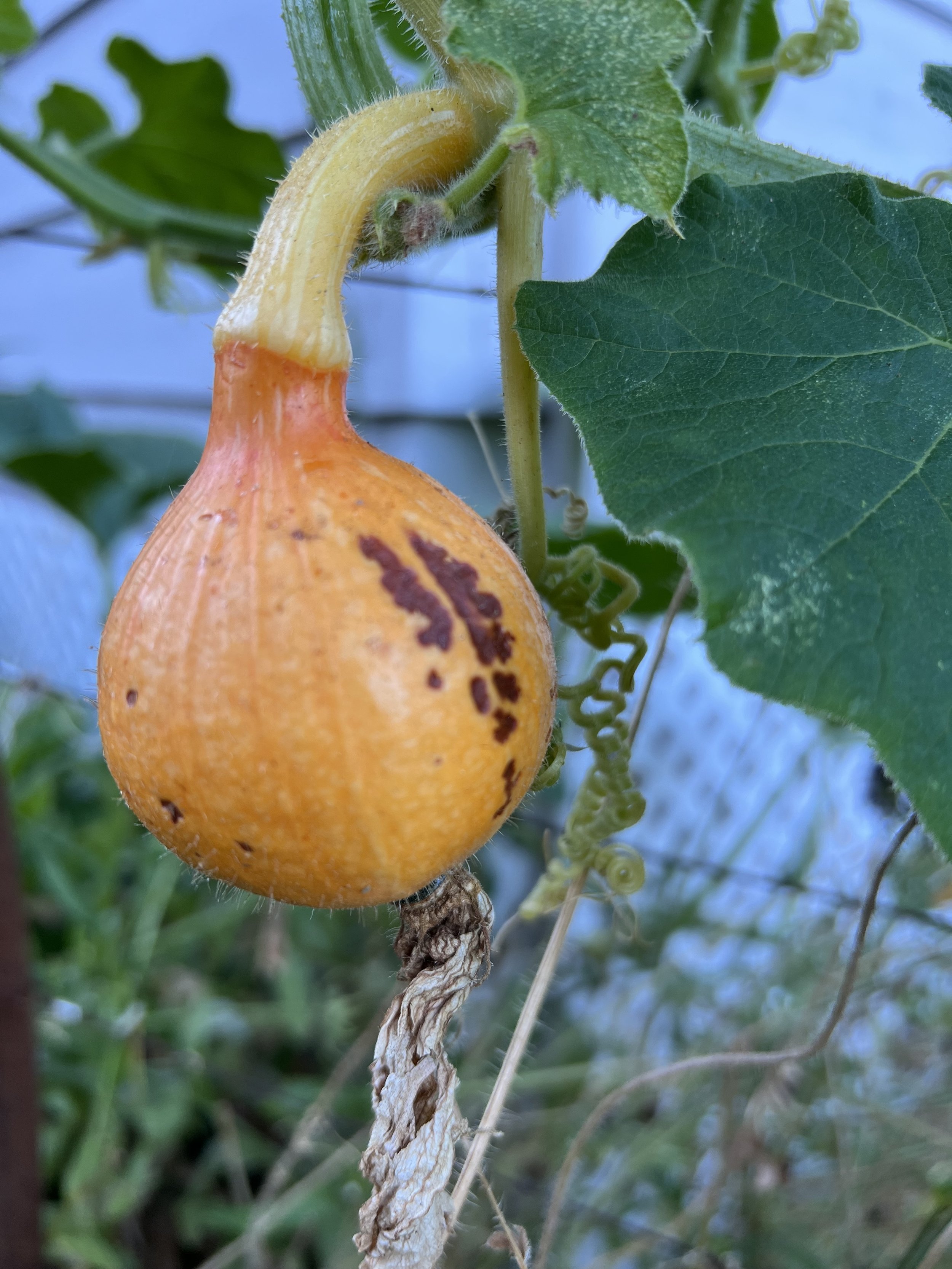
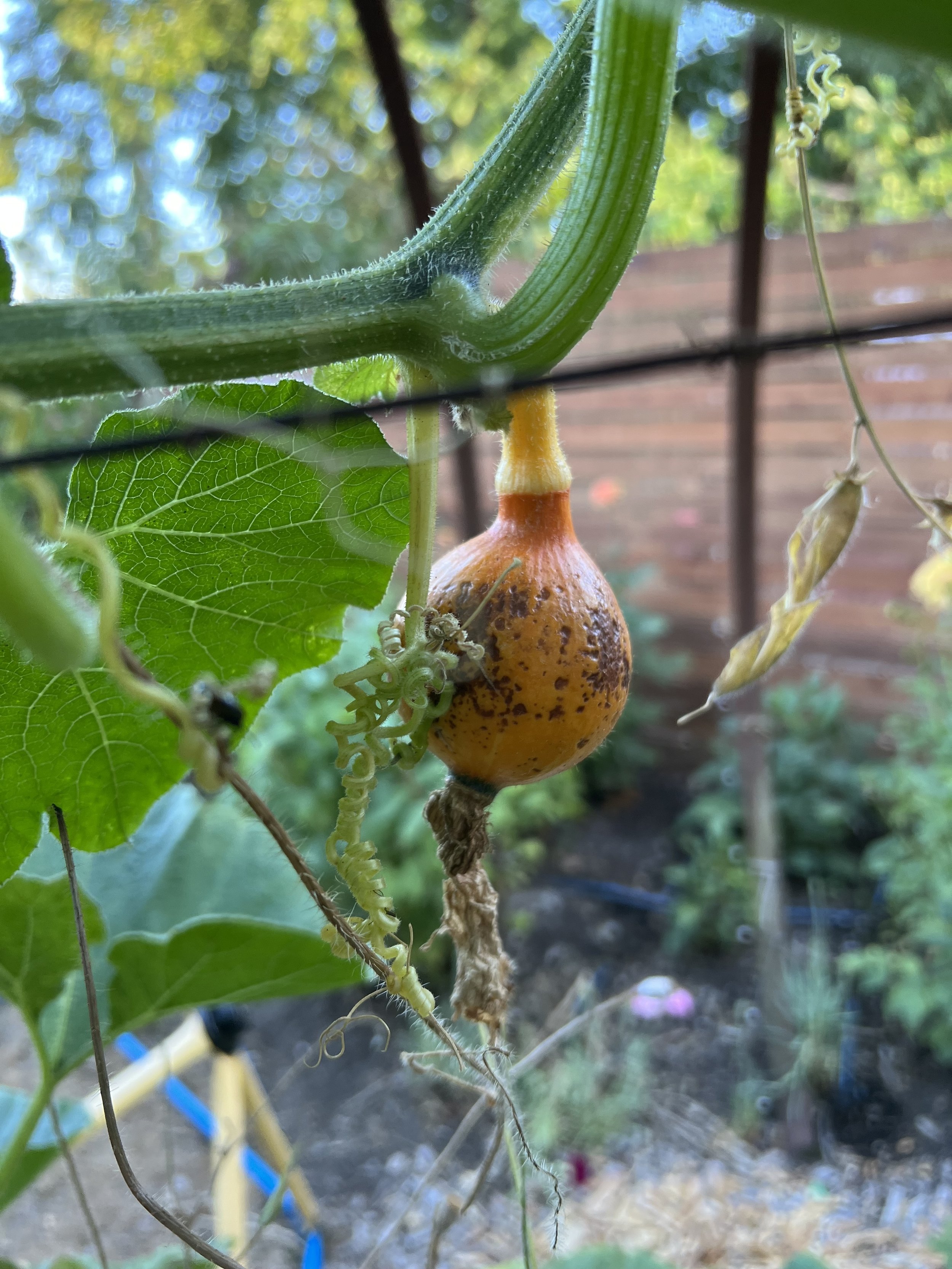
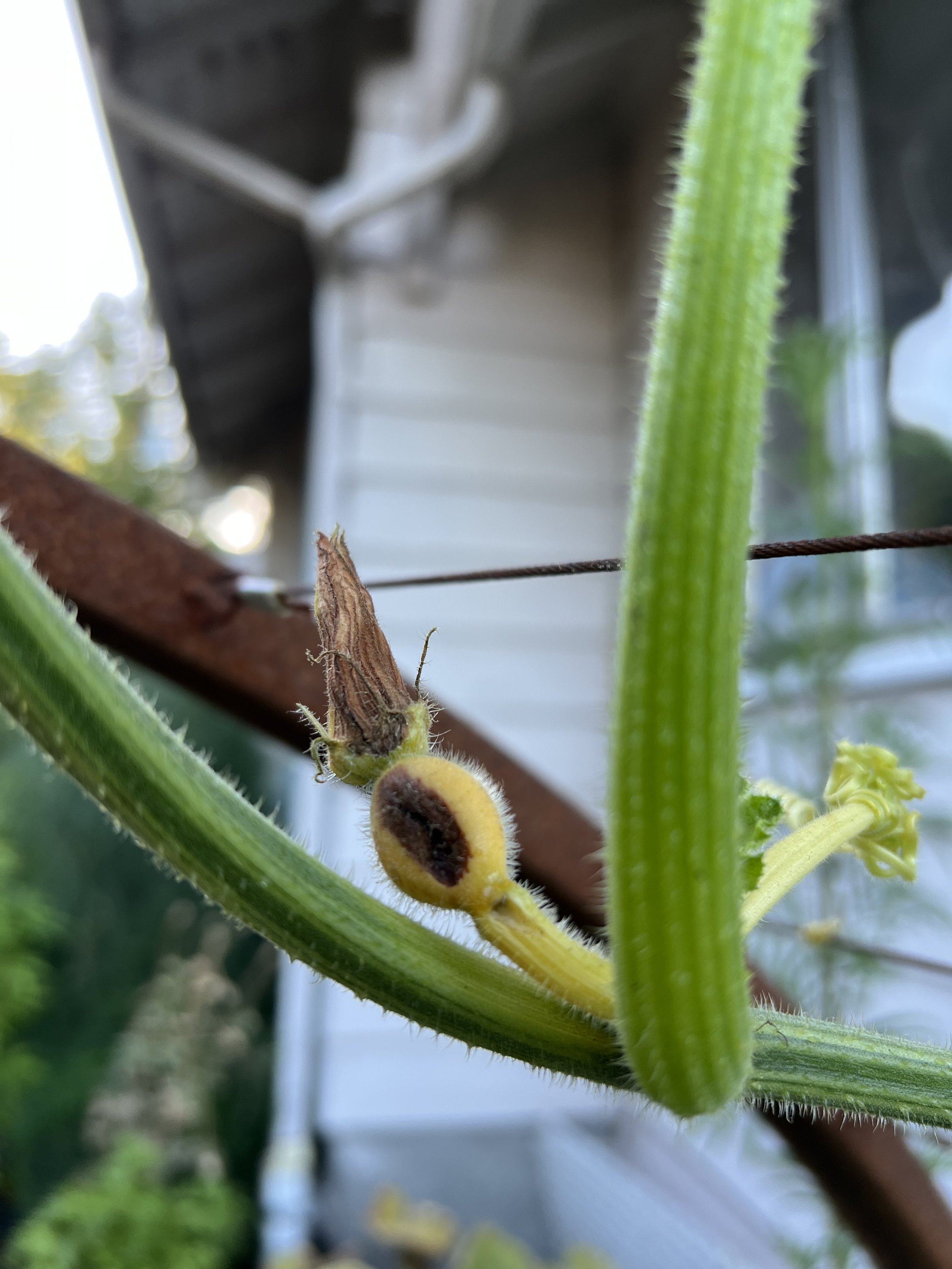


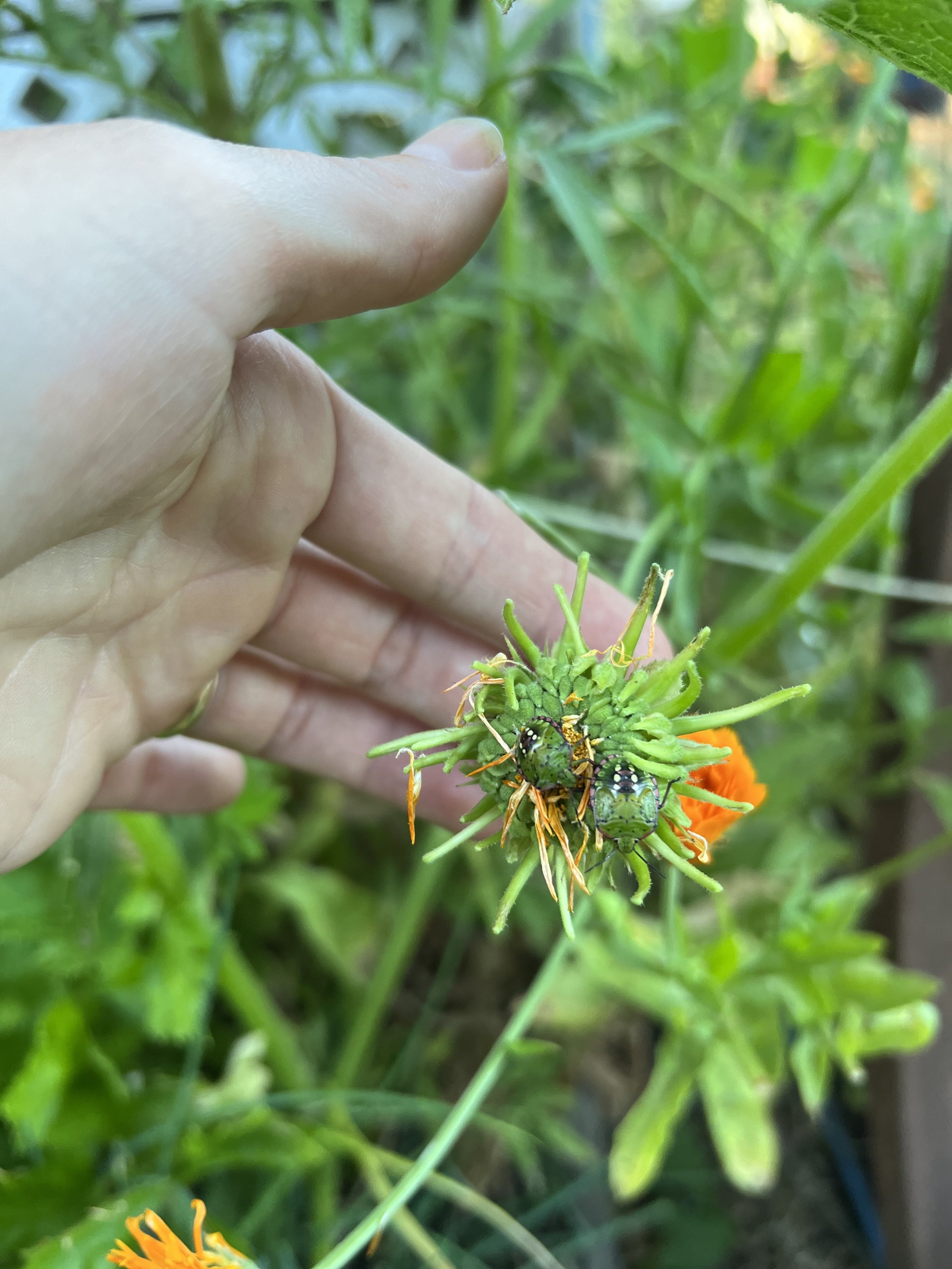





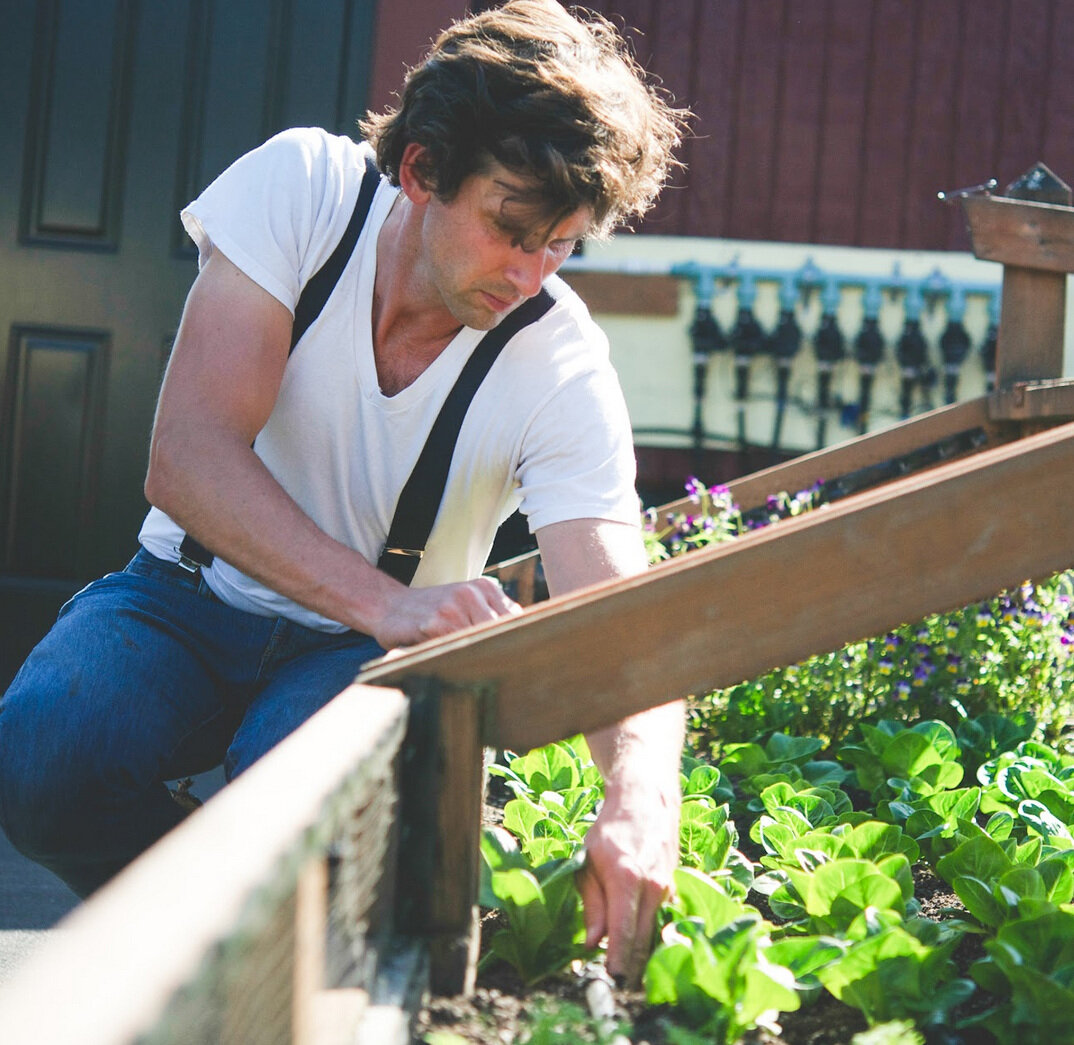
Probably the most commonly used home gardening spray is a simple mixture of soap and water. This mixture can help control or eliminate hordes of insects. It’s especially useful for aphids, but works on any soft-bodied insect including spider mites. The soap coats the insects and breaks down their cell membranes, drying them out and killing them relatively quickly. This spray is nontoxic and is safe to use around children and pets.